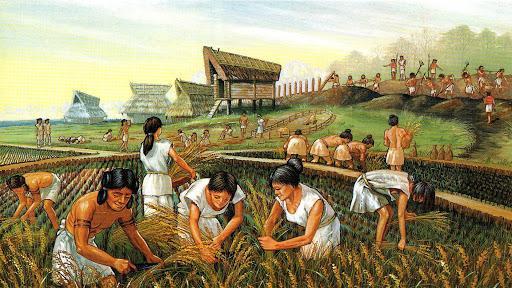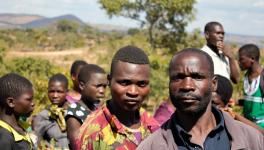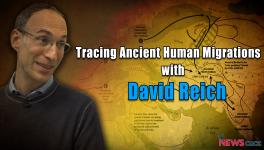What New Studies on Ancient Human Genomes Reveal About East Asia’s History

Image Courtesy: Sci news. Image is for representational use only.
When it comes to the human genetic history of the East Asian population, the information available is really inadequate. The primary reason ascertainable is the lack of data of ancient DNA of the population and lack of large-scale studies on this aspect. Shedding new lights on this topic, two researchers have conducted large-scale studies of ancient human genomes of the East Asian region.
They suggest that many of the current descendants carry the genetic information of two distinct populations of the ancient period. These distinct populations started interbreeding after agricultural practices developed some 10,000 years back. The studies also indicate how humans settled in this region. They found that there was a link between the coastal inhabitants and those that inhabited the expanse of Southern China to the South Pacific.
To start with, let’s see what the research published in Science on May 14 has to say. This research analysed the genomes of 26 ancient individuals that were inhabitants of Northern and Southern East Asia, 9,500-300 years back. The ancient genomes were extracted mostly from the Yellow River Basin in Northeastern China. This region in China is situated at a distance of more than a thousand kilometers from the Fujian Province in Southeast China.
The team led by Qiaomei Fu, the population geneticist belonging to the Institute of Vertebrate Paleontology and Paleoanthropology, Beijing, found in their analysis that in the early Neolithic period, that is some 10,000-6,000 years ago, people from the North and South parts were genetically distinct. They did not have linkages. But, as time passed on, these two genetically distinct groups started mixing; they started interbreeding. Fu’s team could not accurately decipher the exact period of starting of this mixing. However, their analysis hinted that the mixing could have begun some 5,000-4,000 years ago, a time period of the late Neolithic period. The current population of Chinese has much of their genetic ancestry linked to the groups from the North side, but they also have genetic relation to the ancient Fujian people.
According to Ling Qin, the archaeologist at Peking University, Beijing, “This suggests that farming in East Asia could have spread through mixing of farmers and hunter-gatherers.”
On the other hand, ancient genome studies of western Eurasia tell us that farmers having ancestry from the Middle-East replaced the hunters-gatherers of Europe.
The other study led by noted population geneticist David Reich, posted on the preprint server bioArxiv analysed 200 ancient genomes from across East Asia. In this study, 20 ancient genomes of 5,000 years old individuals were conducted that belonged to the region studied by Fu’s team. They found connections of these archaic individuals with modern day Tibetans.
Both the teams’ studies found an interesting connection. Fu’s team found that people living near China’s coast (Northeast or Southwest) during the Neolithic period had a sharing of ancestry with the individuals of coastal sites of Southeast Asia and that of Japan. Fu says, “That means the entire coast of East Asia is a really important place for people to migrate.” Reich’s team also found a similar connection. From both of the teams’ findings, it is suggestive that modern human settlement in East Asia started along a coastal route.
Not quite known, East Asia’s deep history of human genetics can get a new hope from these studies. The hope that ancient genomic studies of this region, a quite complicated one, can open up new paradigms of human migration, settlement and intermixing among different populations in this region.
Get the latest reports & analysis with people's perspective on Protests, movements & deep analytical videos, discussions of the current affairs in your Telegram app. Subscribe to NewsClick's Telegram channel & get Real-Time updates on stories, as they get published on our website.
















